 Abraham Lincoln
If given the truth, the people can be depended upon to meet any national crisis...
Abraham Lincoln
If given the truth, the people can be depended upon to meet any national crisis...
 Guildford news...
for Guildford people, brought to you by Guildford reporters - Guildford's own news service
Guildford news...
for Guildford people, brought to you by Guildford reporters - Guildford's own news service
Birdwatcher’s Diary No.114
Published on: 17 Jul, 2016
Updated on: 17 Jul, 2016
By Malcolm Fincham
June and July are well known to be quiet months for birdwatching enthusiasts, even uncommon species are scarce during this period.
On arriving home from York with just a few days of June remaining, I was rather optimistic for catching up on my yearly sightings of some of the many butterfly species that can be seen in Surrey. Unfortunately, the weather seemed to have other ideas; cool temperatures and heavy rain showers continued into the beginning of July. Such conditions don’t bode well for butterflies!
Rain poses a direct threat of injury or death, while cool air associated with storms may reduce temperatures below the thermal threshold for butterfly flight. With wet weather and ominous looking rain clouds never too far away, I often found myself having to ‘brave the elements’, on numerous occasions, ensuring I had a shower-proof jacket and cover for my camera, close at hand.
Stormy skies did make for some pleasant sunsets, however.
On Whitmoor Common I was welcomed by the sound of a song thrush, singing its repetitive, melodic song.
Coal tits could be seen along with the many adult birds, now feeding their newly fledged young.
A ‘charm’ of goldfinches were chattering.
Greenfinches could be heard too, making their typical wheezing call, sounding like heavy smokers.
While a green woodpecker made its ‘yaffle’ call as it performed its undulating flight.
While a pair stonechats could be seen perched on the top of a bush, flicking their wings and making their sound like two small stones being hit together.
And a stonechat fledgeling close by.
Before June came to a close, I took advantage of a day of rare sunshine, by visiting Thursley Common. Walking across from the A3 side of the heathland I soon noticed the heather starting to bloom there.
My hopes were justified when I spotted a number of small butterflies flitting around its purple blossom.
Silver-studded blues are found mainly on heathland where the silvery-blue wings of the males provide a marvellous sight as they fly low over the heather.
Female silver-studded blue, are in fact brown.
Across the heath Dartford warblers continued to be seen.
A skylark hovered overhead singing its cheerful song. It then dropped down, perching to rest a on a dead branch.
Before taking flight once again, becoming a speck in the ‘heavens’, to sing a few more verses of its delightful tune.
Another similar high flier, the tree pipit, joined it in song for a time. Parachuting down in its familiar way as it sang.
While a female kestrel rested in a silver birch, surveying its milieu.
On the lower section of heathland linnets gathered around a pool of water washing and drinking.
As the sun warmed the air several types of dragonflies could be viewed, allowing me to get a photo of a beautiful, glistening, female broad-body chaser.
This in turn seemed to instinctively attract two hobbies that appeared from nowhere to hunt over the bog.
Never far away was another shower of rain. However, as I walked across the main boardwalk the sun broke once again and the sound of a few reed buntings broke the silence, as they reappeared with droplets of water on their feathers.
I made several visits to Pewley Down, with much of the time spent sheltering under trees from passing showers. On a one particularly pleasant evening (July 3) I finally managed to see and photograph a few butterflies there, which had taken advantage of a day of sunshine to break out on the wing.
Marbled whites were the most abundant, certainly the most noticeable too.
Meadow brown butterflies could also be seen in good number.
It also gave me the chance to photograph my first ringlet butterflies of the year.
Adding to the sightings were a few small tortoiseshells.
As well as a few large skippers.
And small skippers too.
A male kestrel hovered overhead.
While a skylark sang high above it.
Joining in with song were several yellowhammers in the surrounding hedgerow.
To end the day I even took a walk down the northern slope of the downs and was able to rediscover the bee orchids I had seen in flower there last year.
With hope of boosting my year’s sightings of butterflies, on a sunny July 7, having enjoyed a few previous days of warm, dry weather, I visited Bookham Common with the addition of fellow enthusiasts, Bob and Dougal.

The silver-washed fritillary butterfly is our largest fritillary and gets its name from the beautiful streaks of silver found on the underside of the wings.
Although only getting a brief view of a purple emperor as it flew around high in the top of its ‘master tree’ and a probable purple hairstreak buzzing around close by, we were able to get good views of several siver-washed fritillaries. Even managing a few pictures of one that settled close by.
Adding to the woodland species were red admirals.
And a few white admirals too.
Completing our visit with a few comma butterflies, seen around the open woodland and wood edges where they mainly breed and hibernate.
Having succeeded in getting our ‘target species’ we decided to visit Box Hill near Dorking.
Walking down from the top, we were met by an abundance of marbled whites on the grassy slopes. Although having seen them just a few days earlier on Pewley Down, to me, they are always a delight to see, unable to resist, I just had to take a few more photos of them.
The dark-green fritillary is the most widespread fritillary found in the British Isles and Box Hill is one of the prime spots in Surrey to see them. Always a pleasure to see as it flies powerfully over its grassland habitats, I have always found, difficult to follow long enough to photograph.
It gets its name from the green hue found on the underside of the hindwings, which are peppered with large silver spots.
Among other sightings that took my interest in the past few weeks while on my ‘travels’ around the countryside was a mallard, guiding her chicks to the water’s edge.
Also a picture of what I believe to be a yellow-necked mouse? Similar, though slightly larger than the wood mouse.
A first for me was the sighting of a swarm of bees that I noticed hanging on a fence looking rather like a David Bellamy beard (for those that are old enough to recall)
Intrigued by their formation, I couldn’t resist getting a closer look. So surprised by my sighting, I was left unsure of a phone number I could contact of a local beekeeper
And it wasn’t until the following day that I realised that a list of local contact numbers can, in fact, be found on the internet.
http://www.
At an undisclosed location in the Surrey Hills I took time out to watch some juvenile peregrines.
Having followed the progress of the Woking pair raising their young.
And having enjoyed seeing some of the excellent pictures taken by James Sellen, I was eager to get a few pictures of one of several other pairs that reside on private land within Surrey borders.
These also have young that are now of a ‘semi-fledged’ age.
Watching the juveniles’ speed of acceleration, as well their interaction with each other, was to me, far better than being at the Farnborough Air show.
Performing feats the Red Arrows would never dare to make.
These birds are highly protected these days along with other birds of prey.
More information can be found on http://www.london-peregrine-
Responses to Birdwatcher’s Diary No.114
Leave a Comment Cancel replyPlease see our comments policy. All comments are moderated and may take time to appear.
Recent Articles
- Guildford Institute’s Crowdfunding Project for Accessible Toilet in its New Community and Wellbeing Centre
- Letter: Guildford – Another Opportunity Missed?
- Letter: GBC’s Corporate Strategy – Where Is the Ambition?
- My Memories of John Mayall at a Ground-breaking Gig in Guildford Nearly Six Decades Ago
- Westborough HMO Plans ‘Losing the Heart of the Street’ Says Resident
- College Invests to Boost Surrey’s Economy and Close Digital Skills Gap
- Community Lottery Brings Big Wins for Local Charities
- GBC Housing Plan Promises ‘A Vibrant Urban Neighbourhood’ Near Town Centre
- Hospital Pillows ‘Shortage’ at the Royal Surrey
- Updated: Caravans Set Up Camp at Ash Manor School


Recent Comments
- Ian Macpherson on Updated: Main Guildford to Godalming Road Closed Until August 1
- Sara Tokunaga on GBC Housing Plan Promises ‘A Vibrant Urban Neighbourhood’ Near Town Centre
- Michael Courtnage on Daily Mail Online Reports Guildford Has Highest-paid Council Officer
- Alan Judge on GBC Housing Plan Promises ‘A Vibrant Urban Neighbourhood’ Near Town Centre
- John Perkins on GBC Housing Plan Promises ‘A Vibrant Urban Neighbourhood’ Near Town Centre
- S Collins on GBC Housing Plan Promises ‘A Vibrant Urban Neighbourhood’ Near Town Centre
Search in Site
Media Gallery
Dragon Interview: Local Artist Leaves Her Mark At One of England’s Most Historic Buildings
January 21, 2023 / No Comment / Read MoreDragon Interview: Lib Dem Planning Chair: ‘Current Policy Doesn’t Work for Local People’
January 19, 2023 / No Comment / Read MoreA3 Tunnel in Guildford ‘Necessary’ for New Homes, Says Guildford’s MP
January 10, 2023 / No Comment / Read More‘Madness’ for London Road Scheme to Go Ahead Against ‘Huge Opposition’, Says SCC Leader
January 6, 2023 / No Comment / Read MoreCouncillor’s Son Starts Campaign for More Consultation on North Street Plan
December 30, 2022 / No Comment / Read MoreCounty Council Climbs Down Over London Road Works – Further ‘Engagement’ Period Announced
December 14, 2022 / No Comment / Read MoreDragon Interview: GBC Reaction to the Government’s Expected Decision to Relax Housing Targets
December 7, 2022 / No Comment / Read MoreHow Can Our Town Centre Businesses Recover? Watch the Shop Front Debate
May 18, 2020 / No Comment / Read More



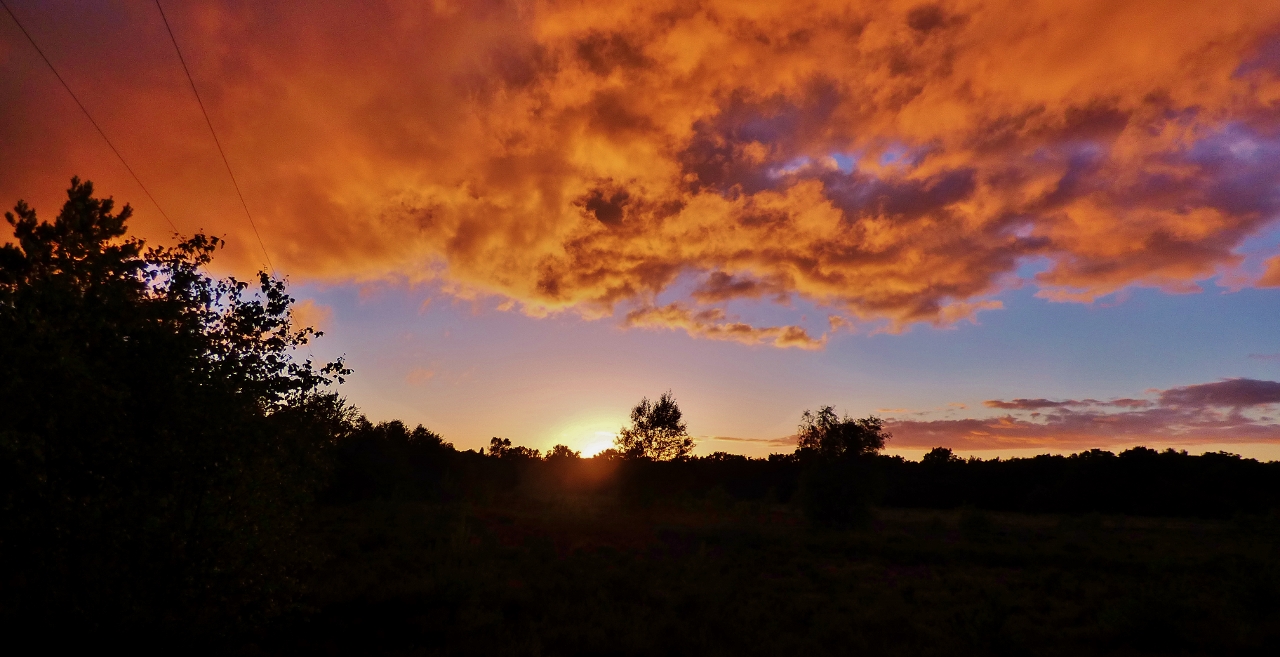
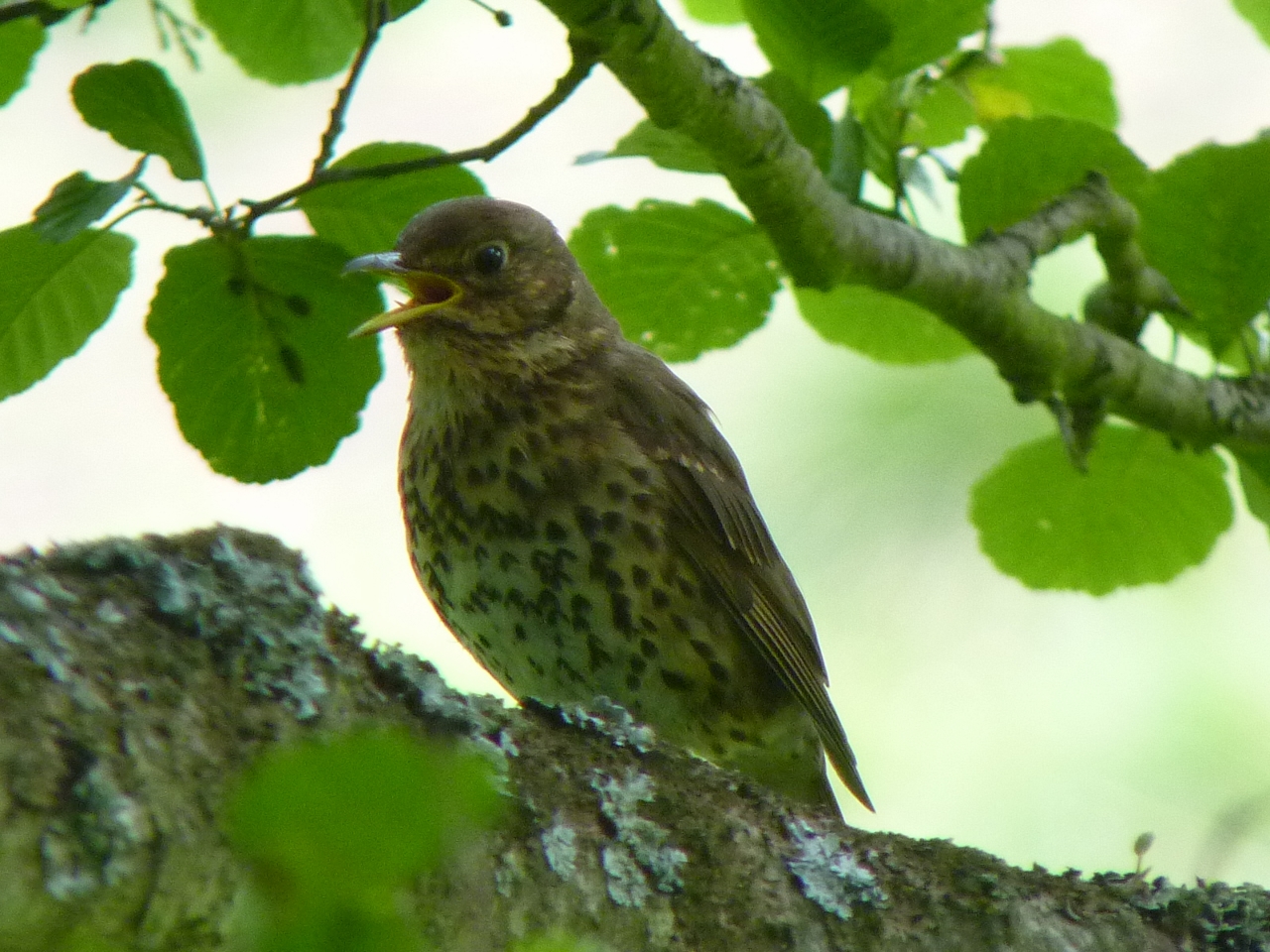
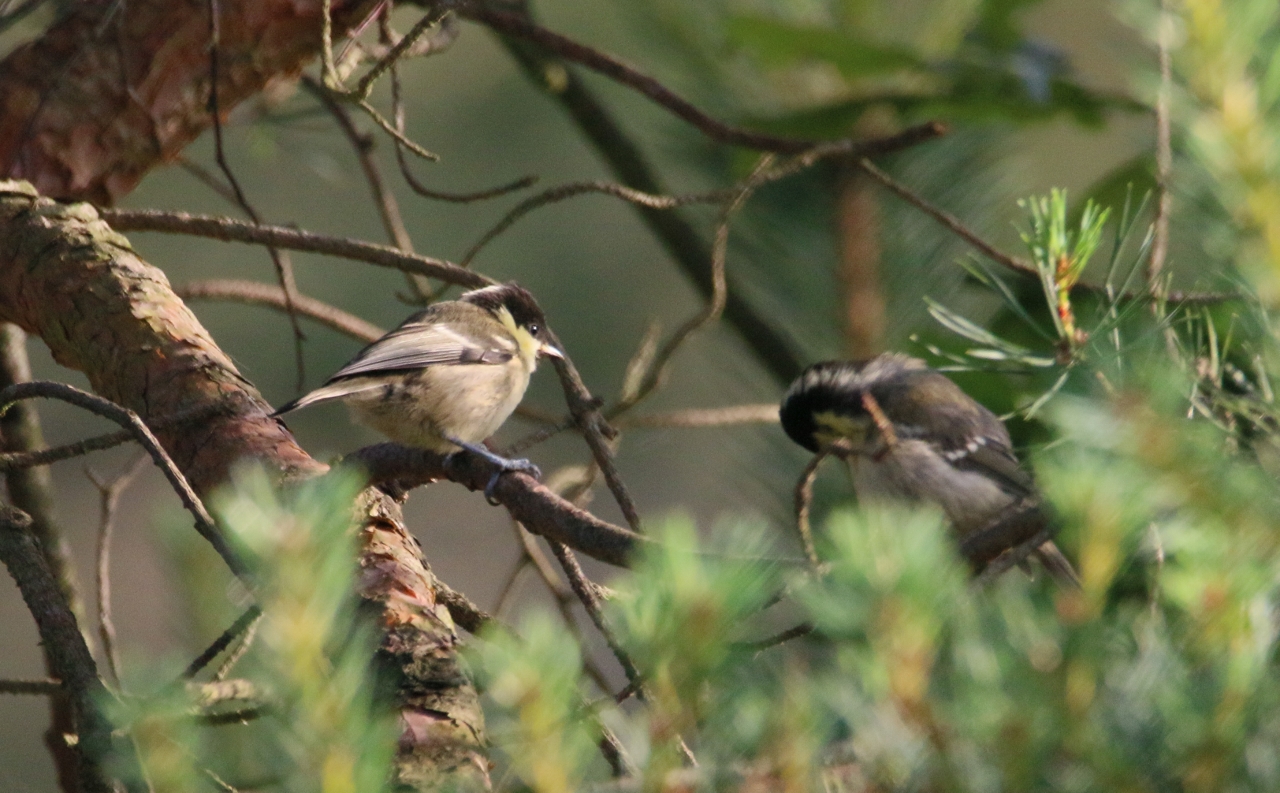
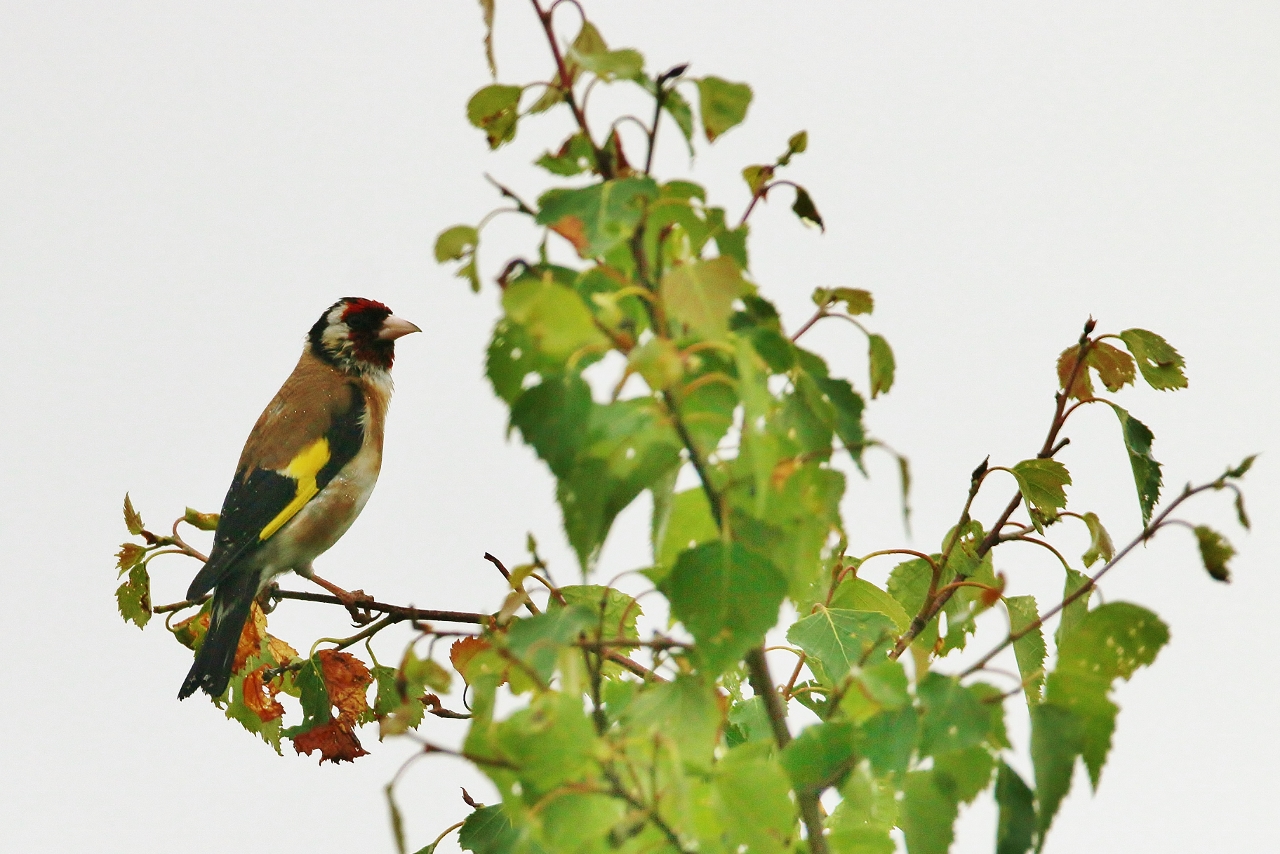
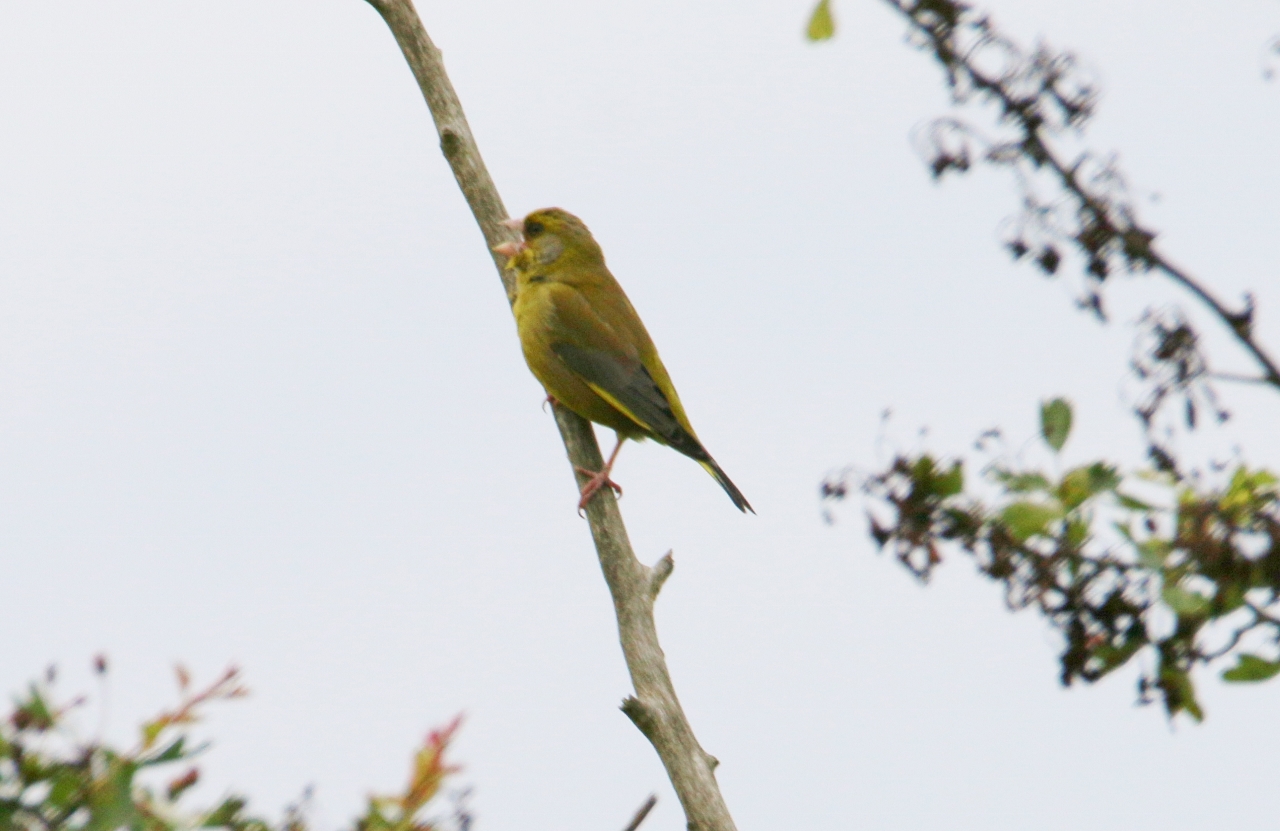
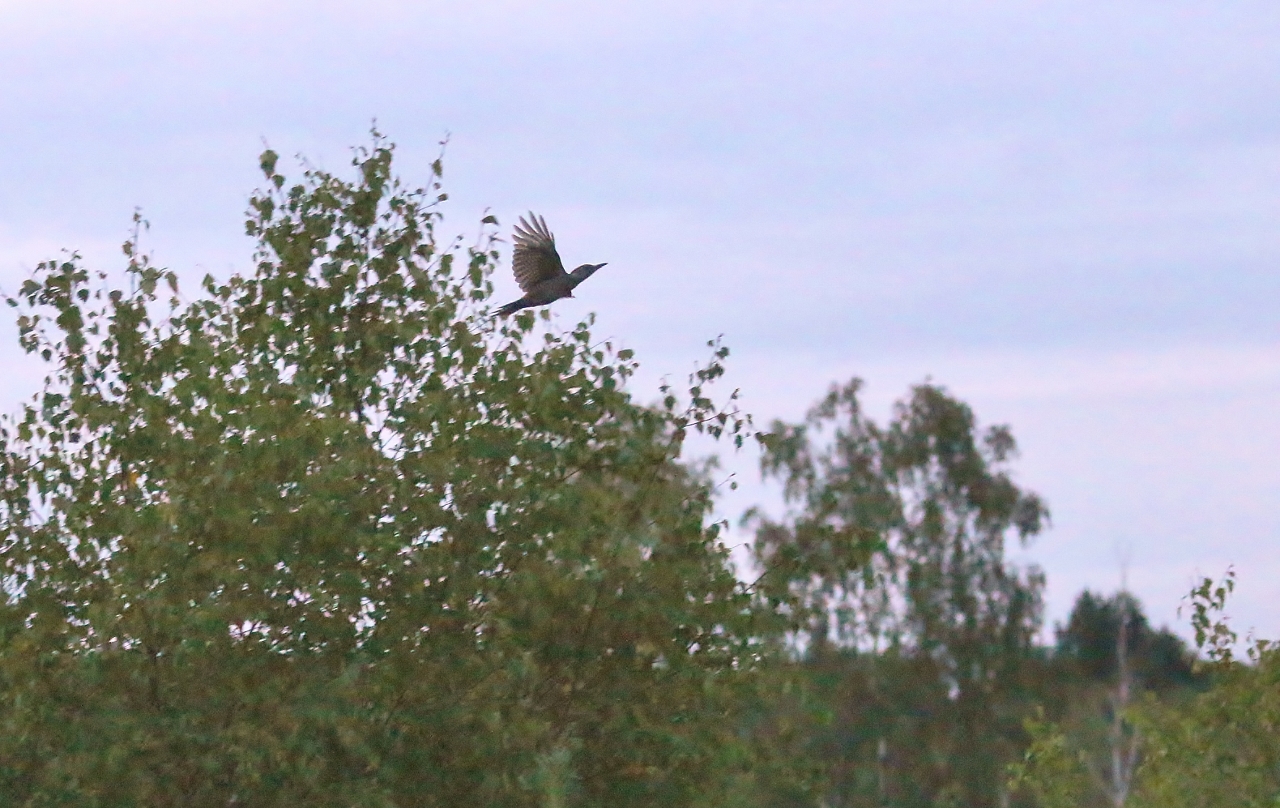
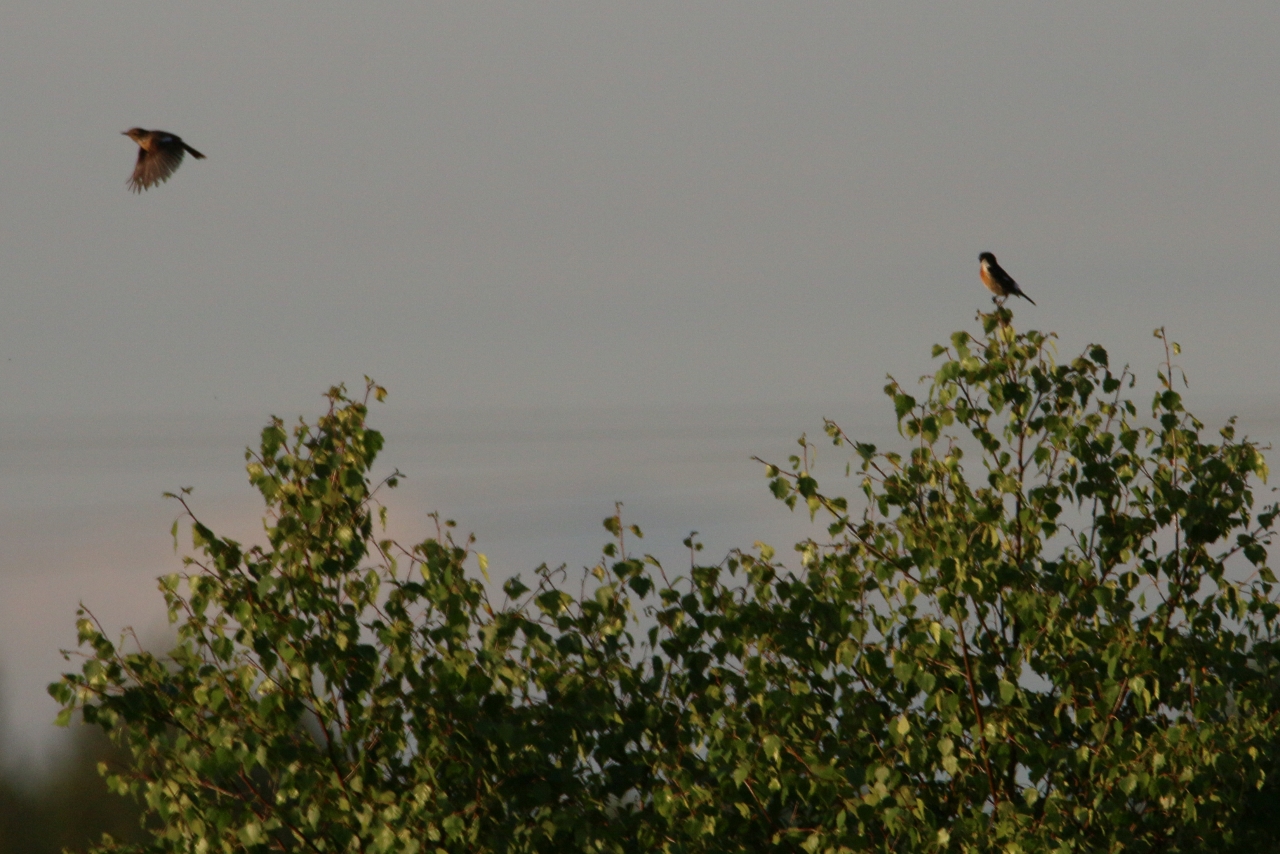
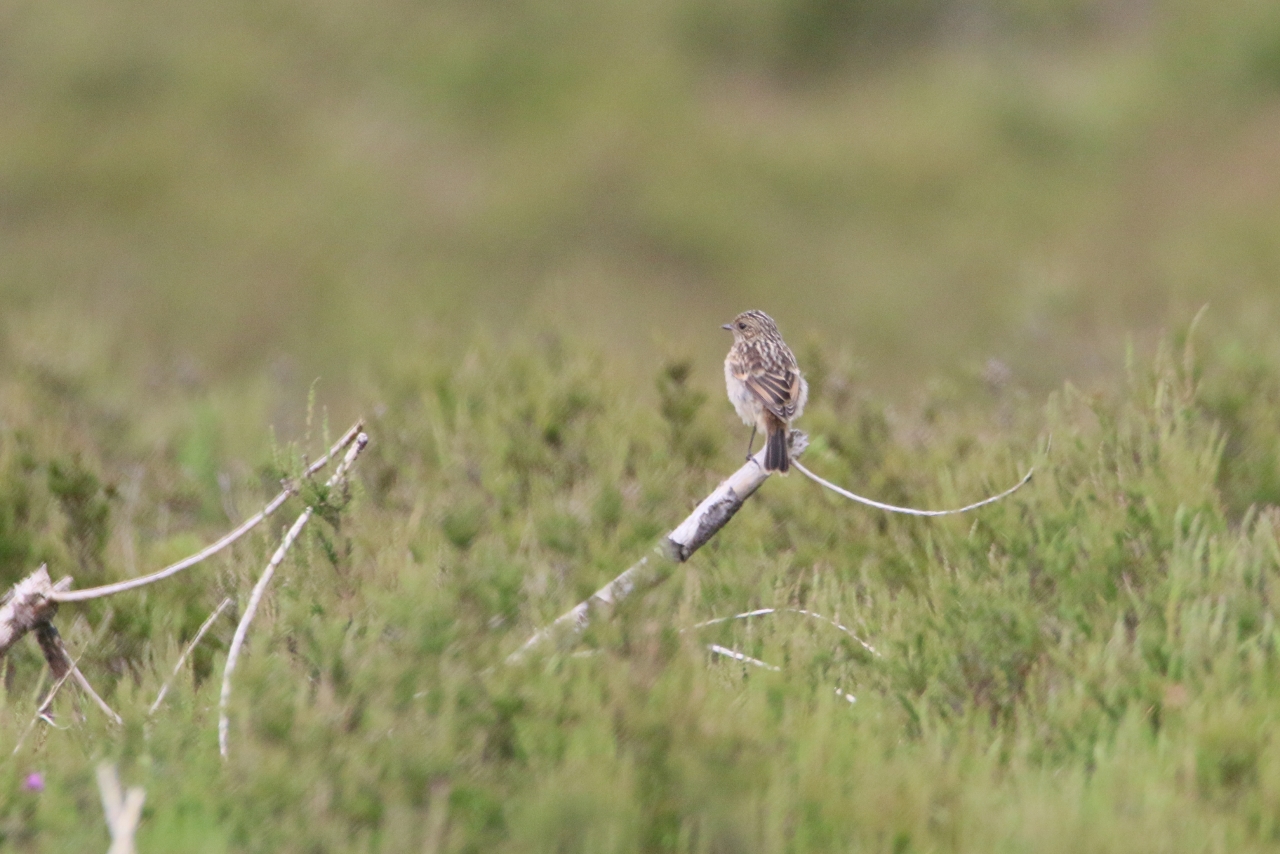



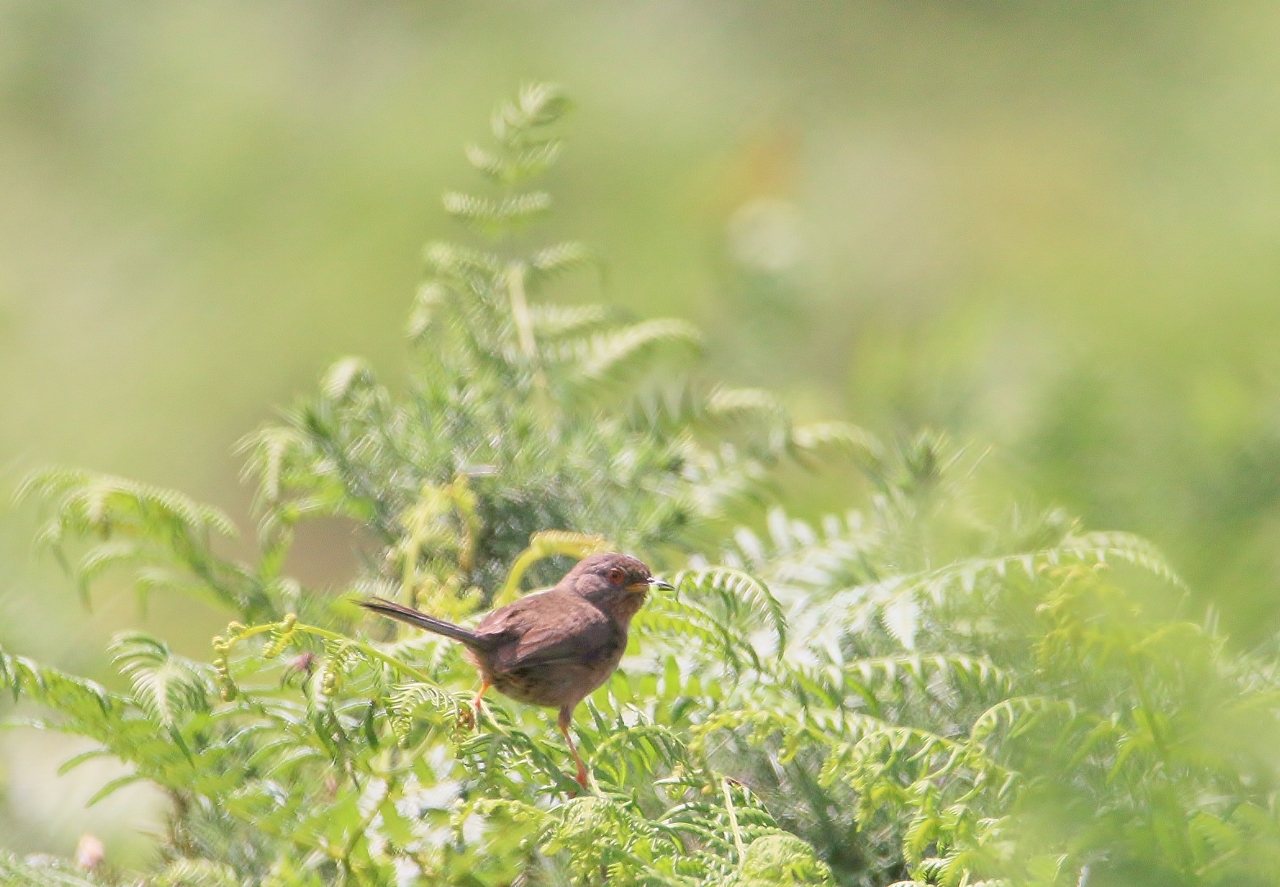

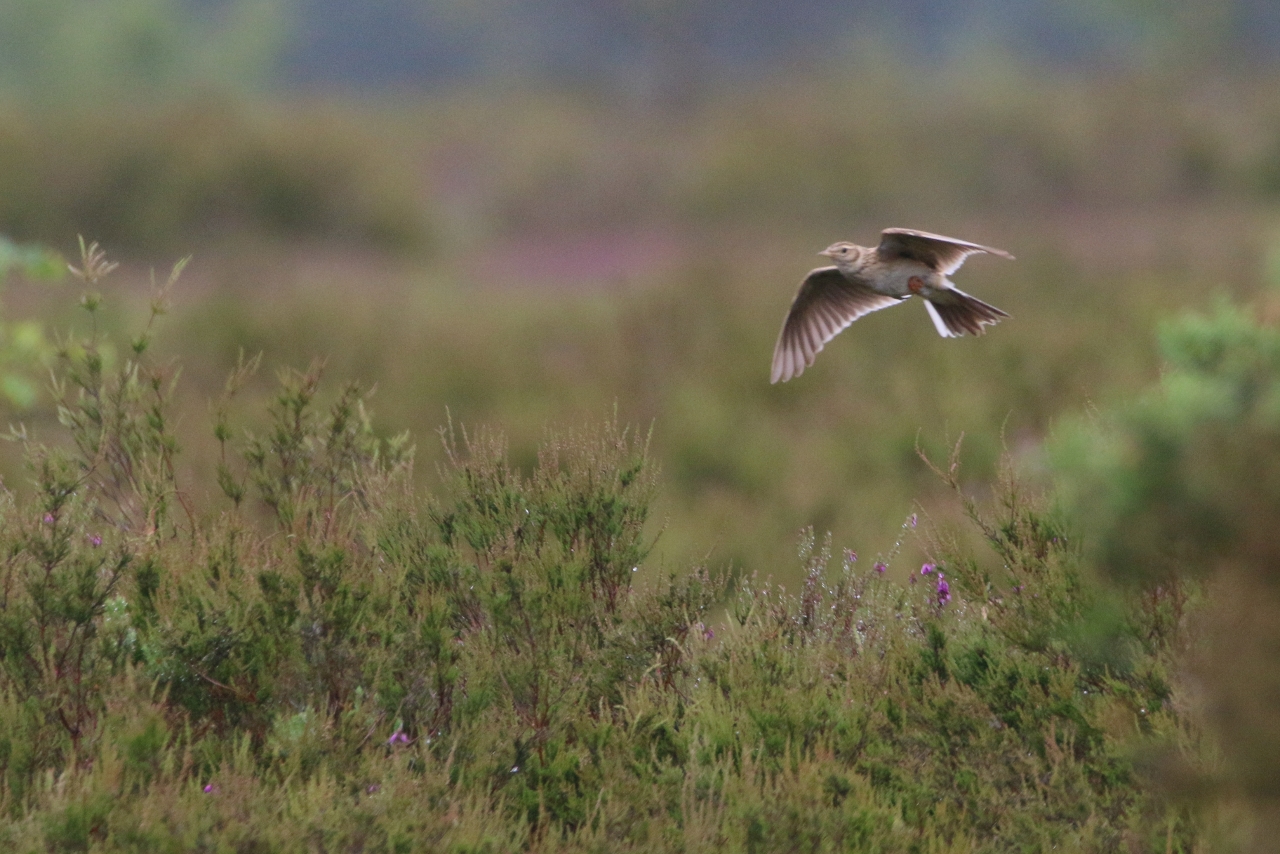
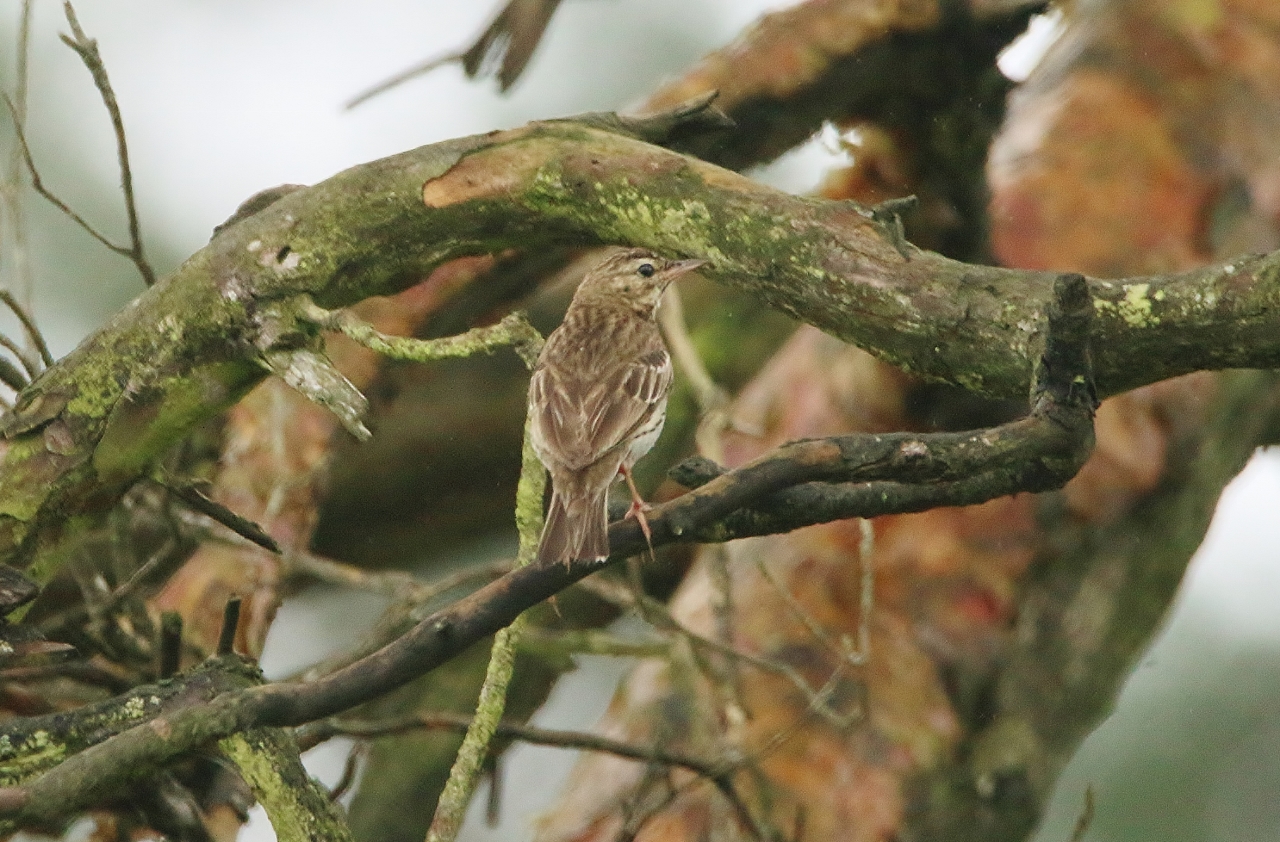
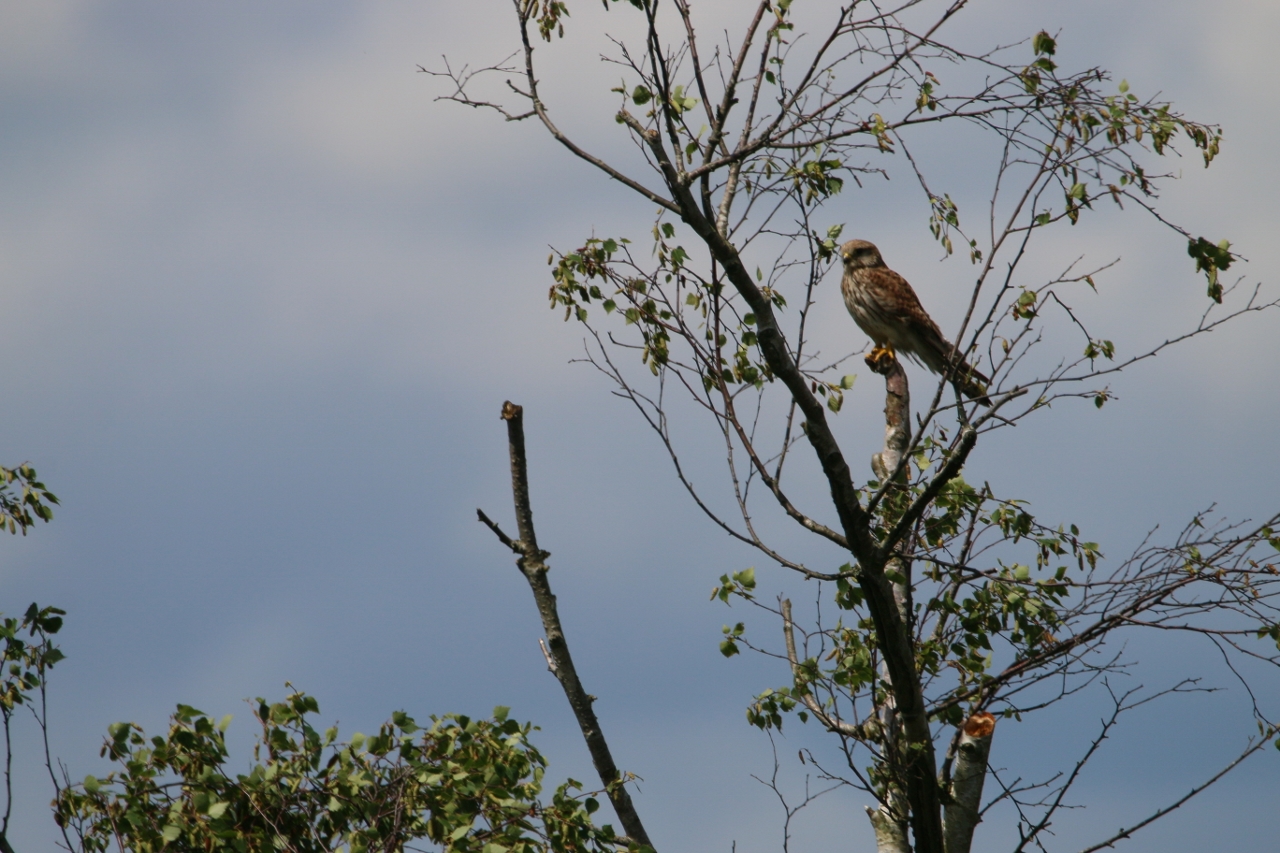


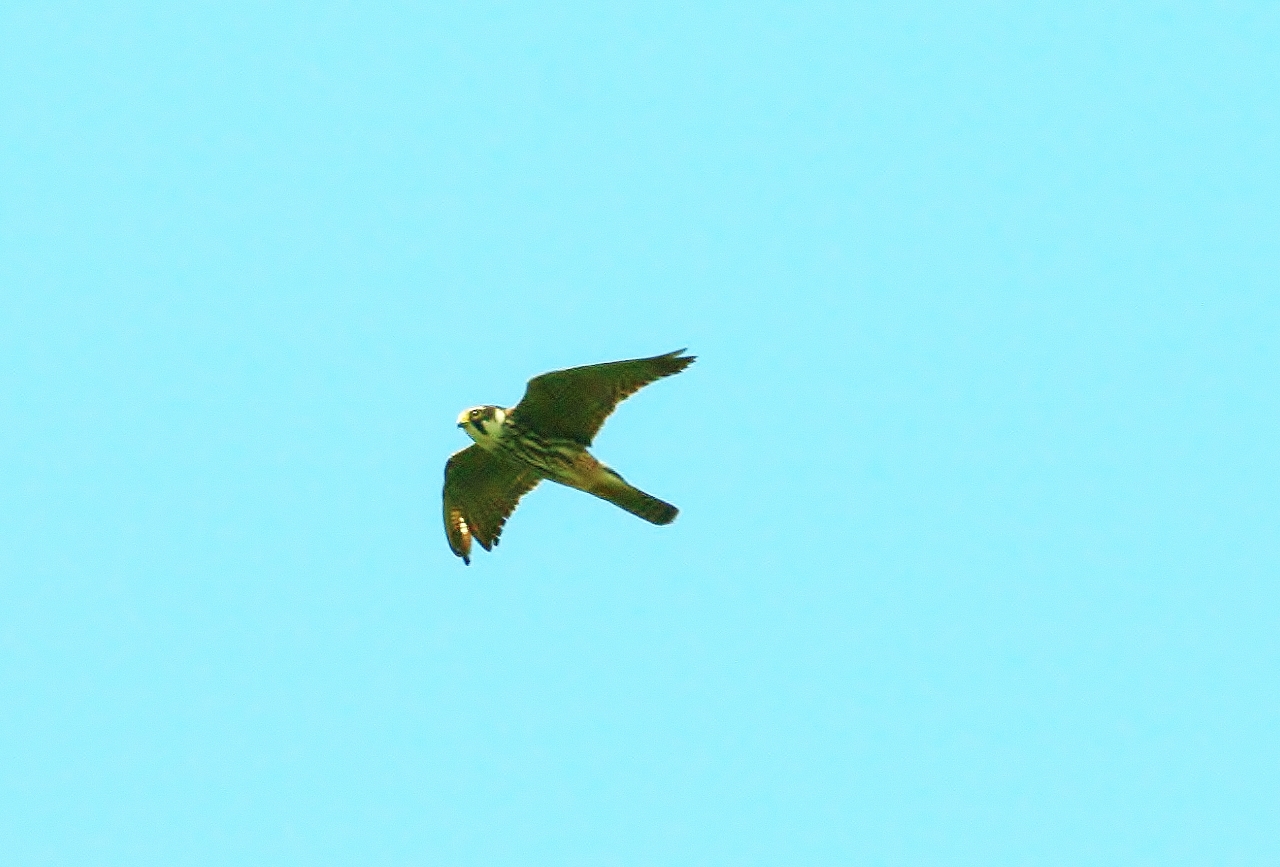
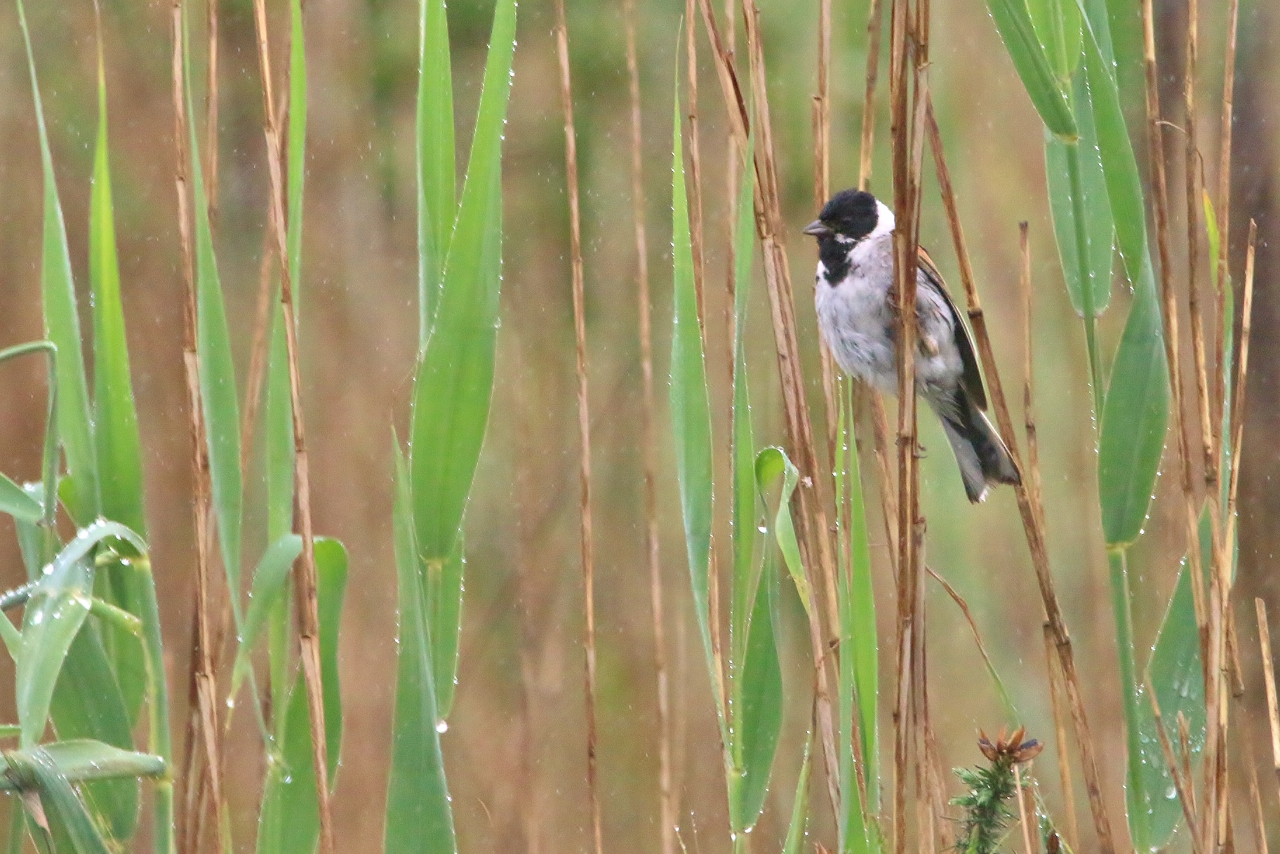
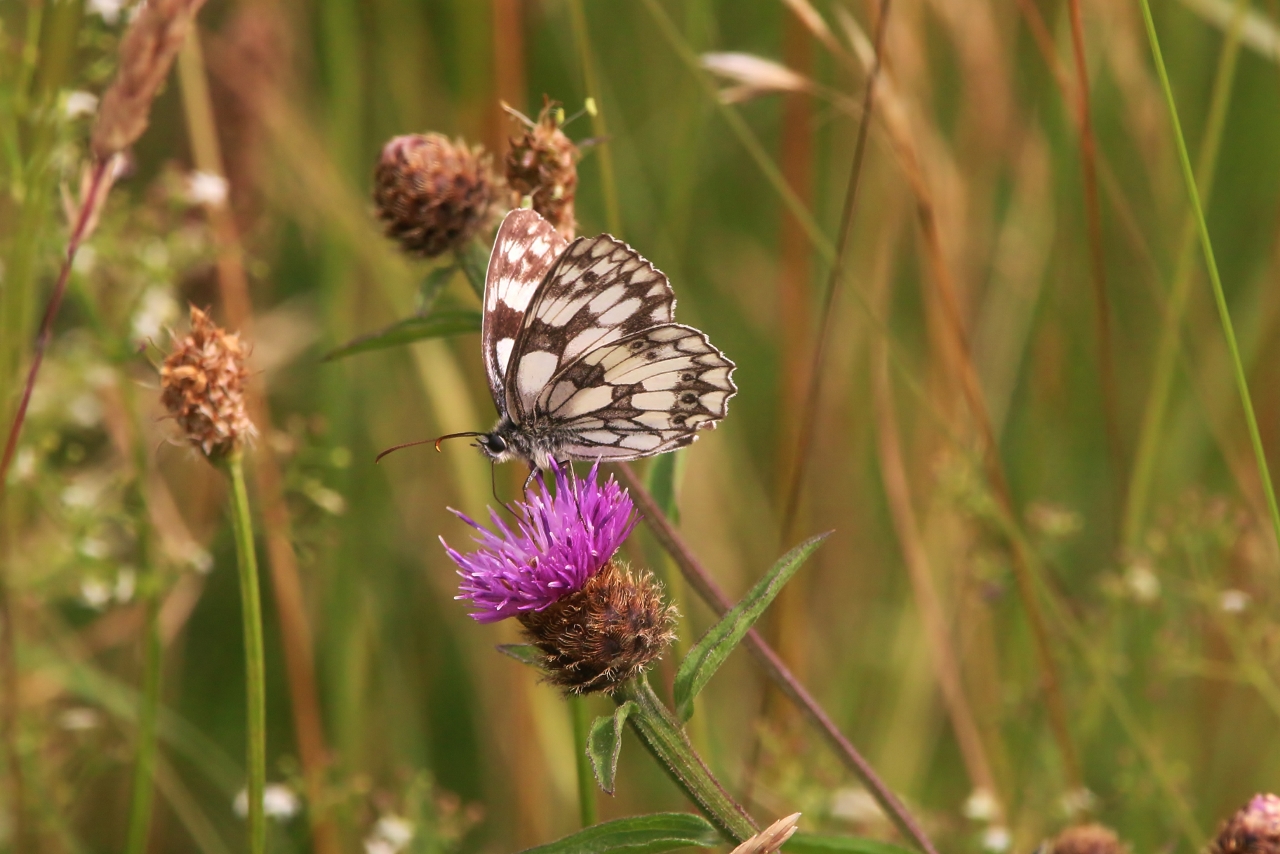
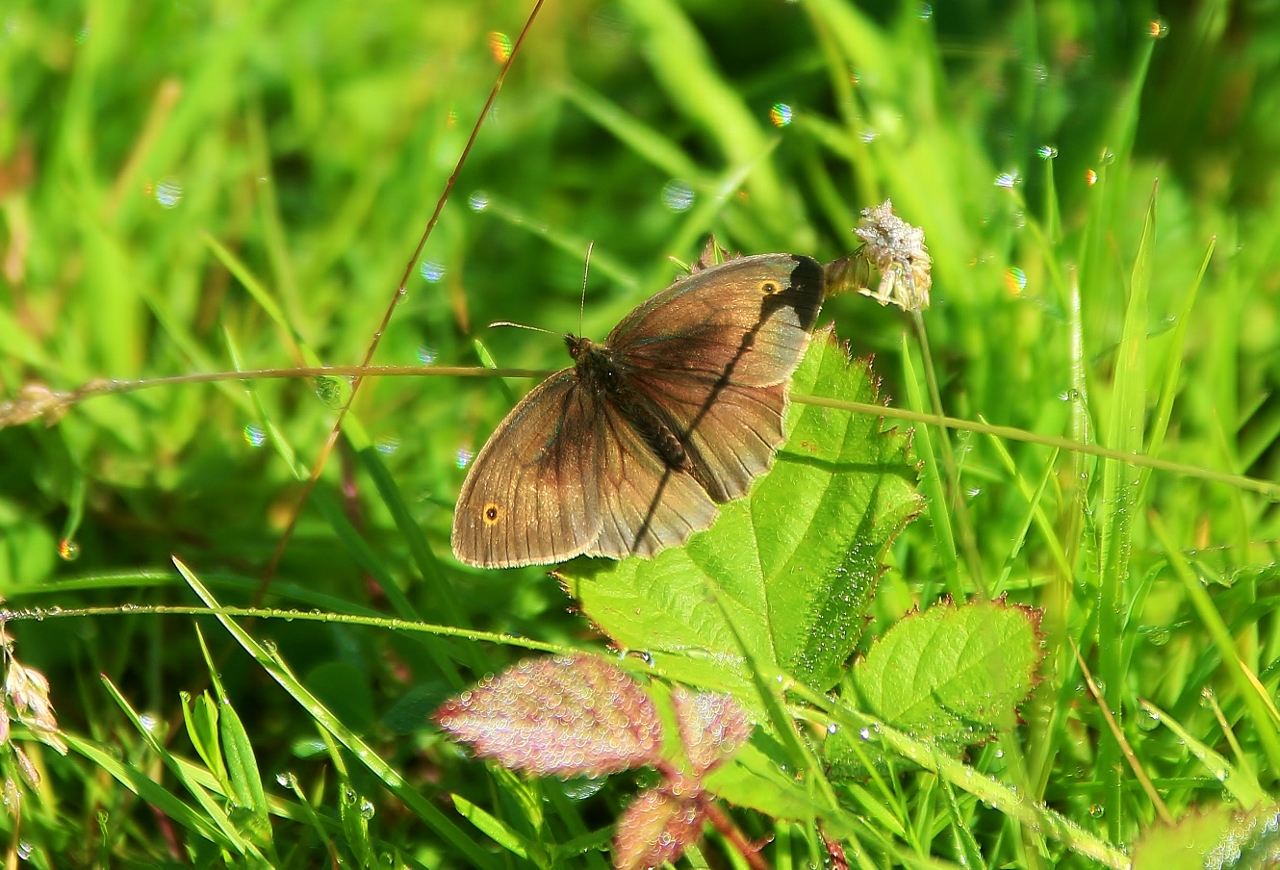

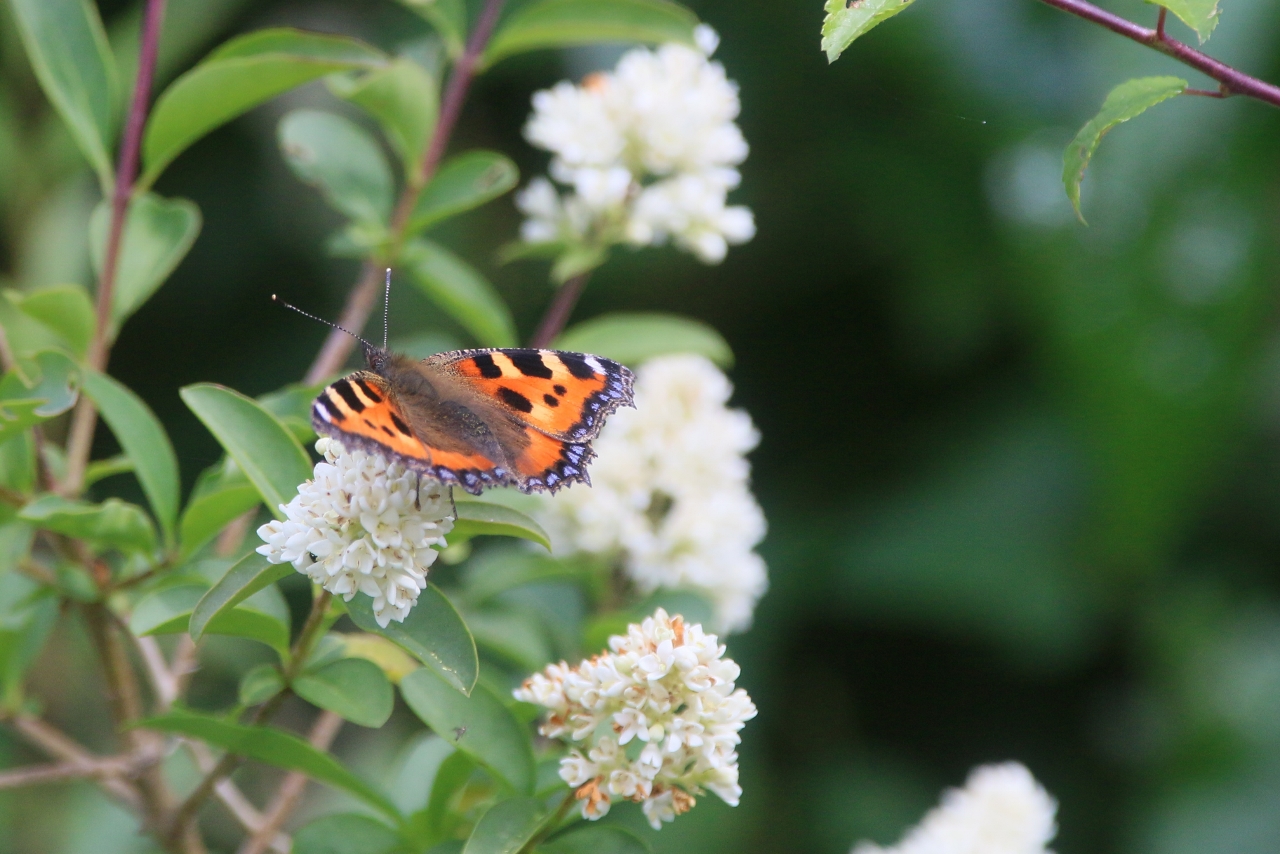

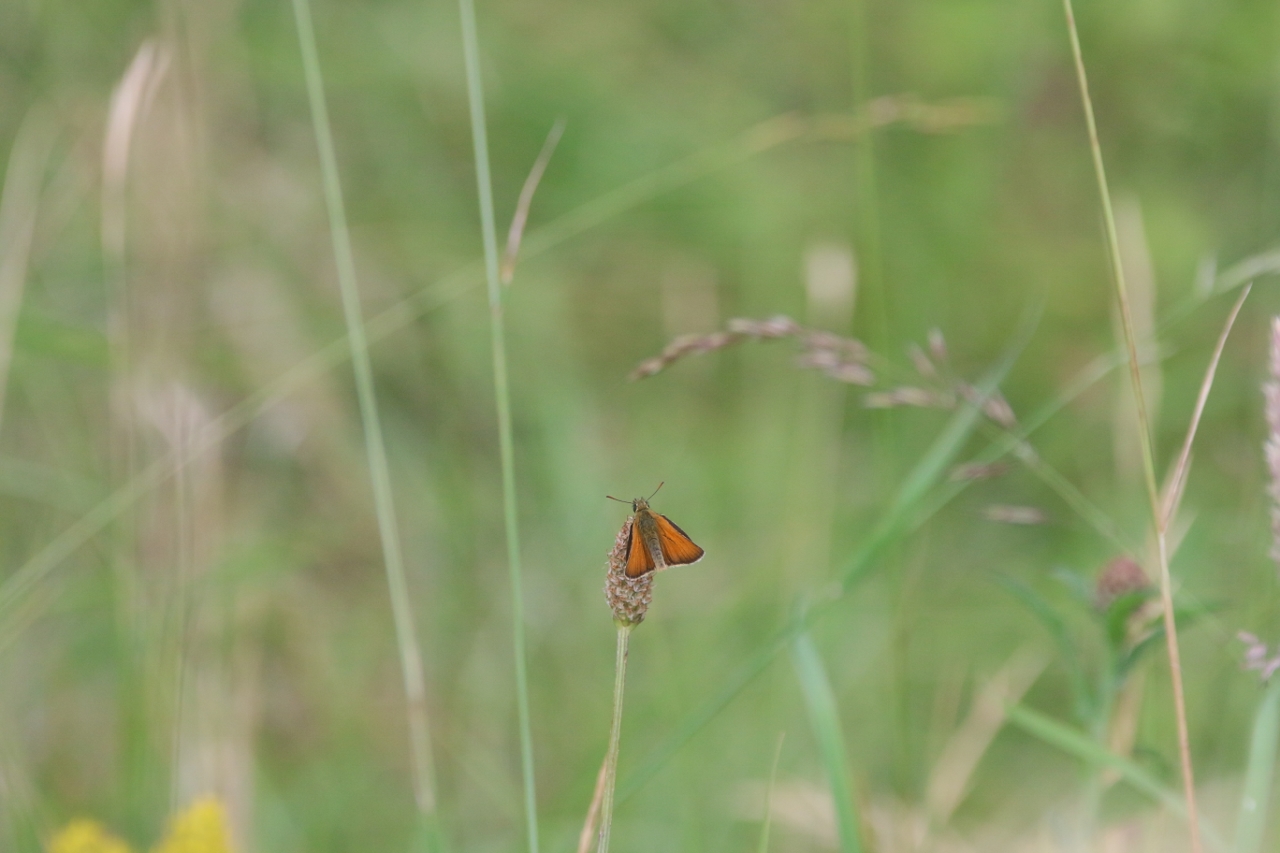

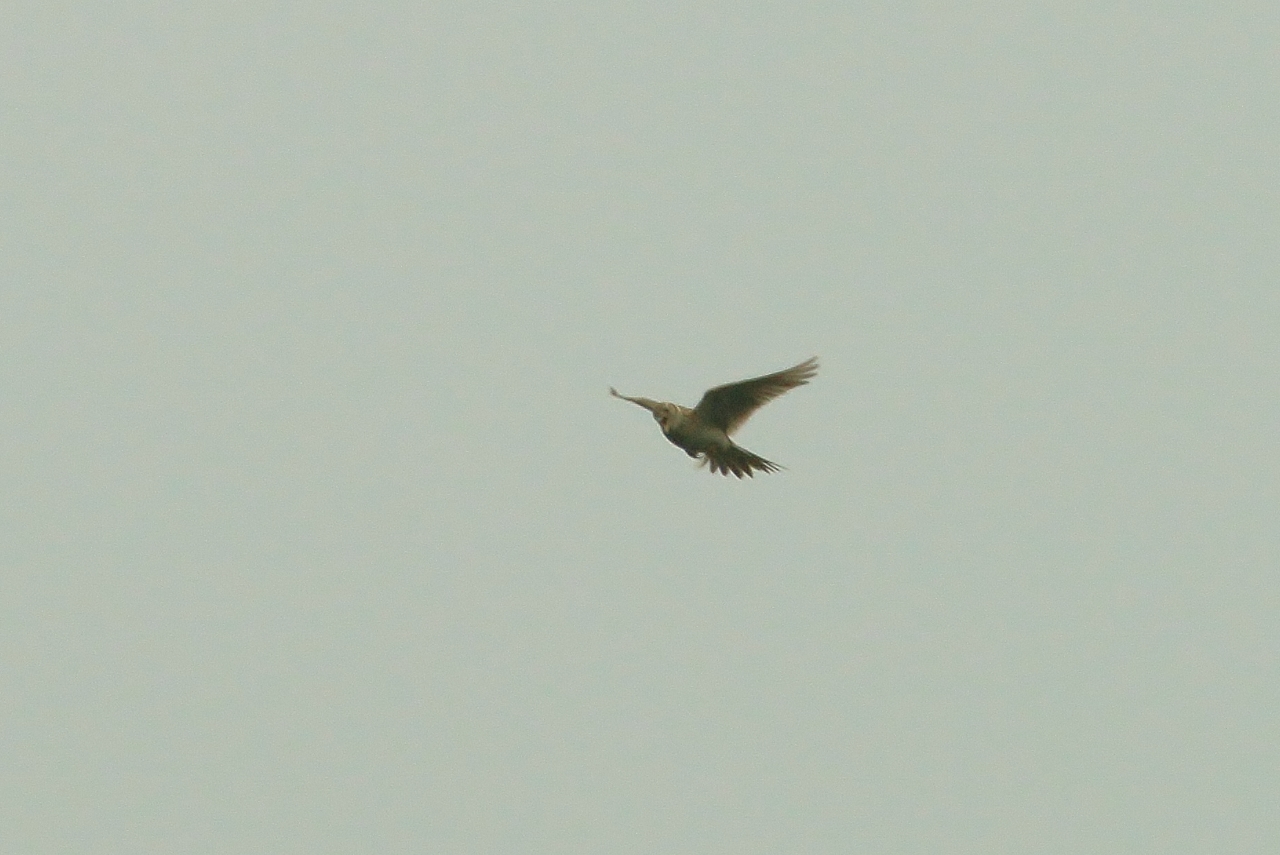

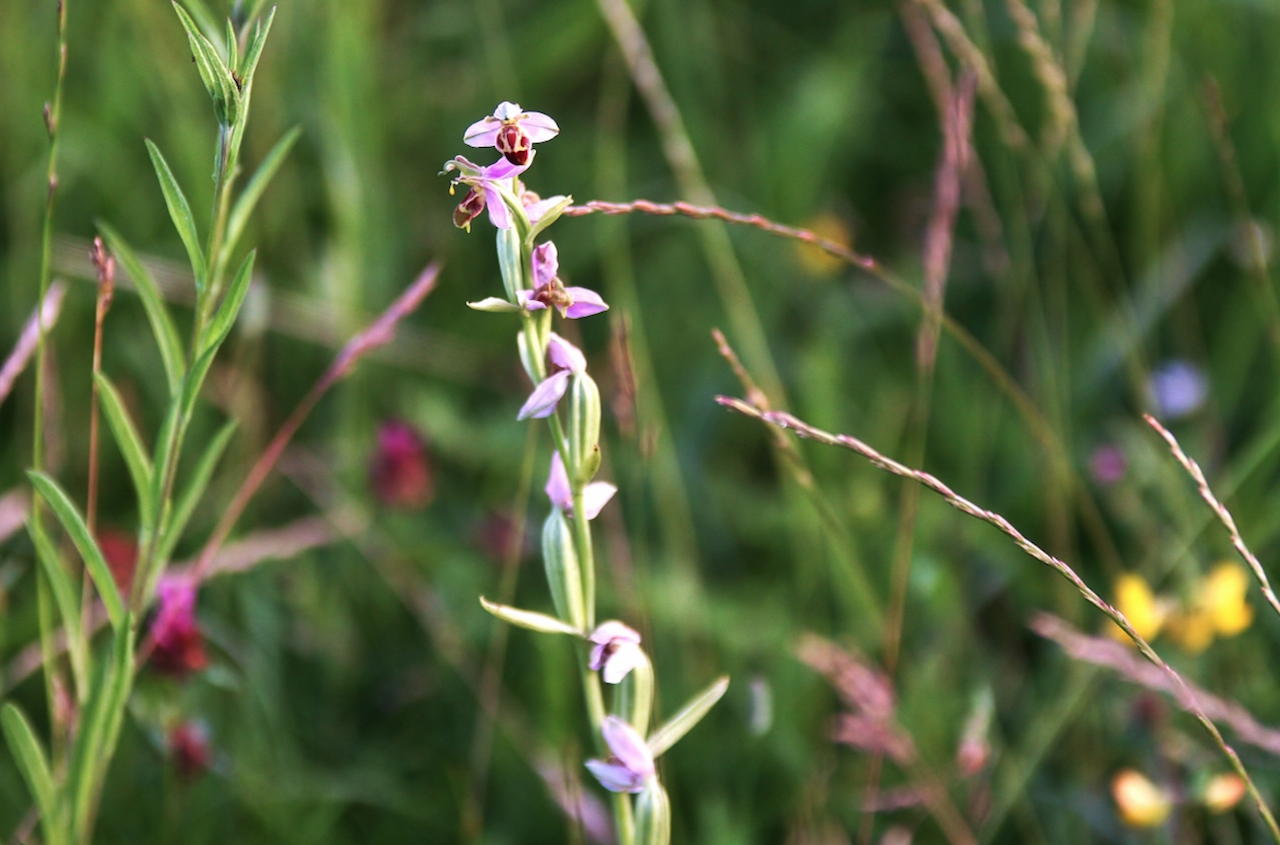




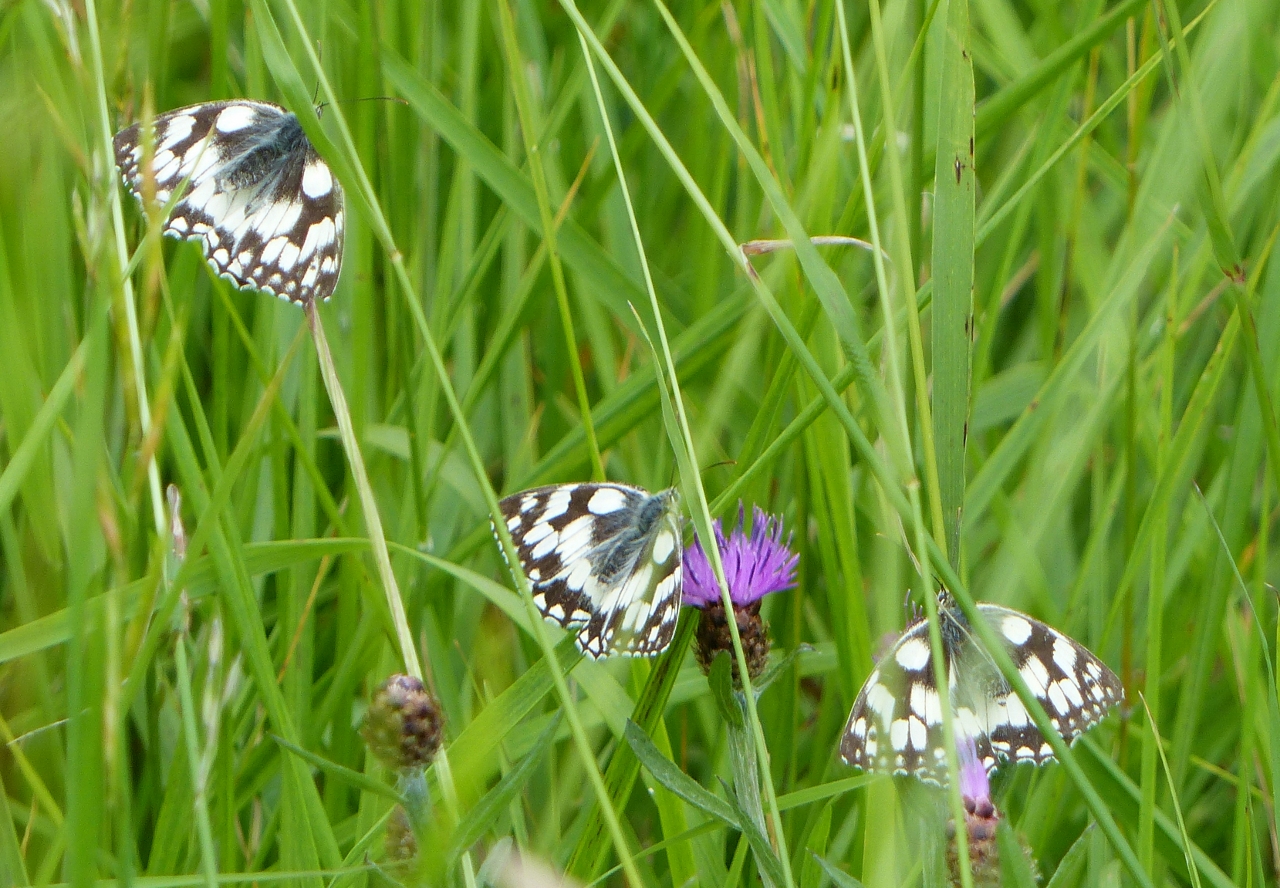
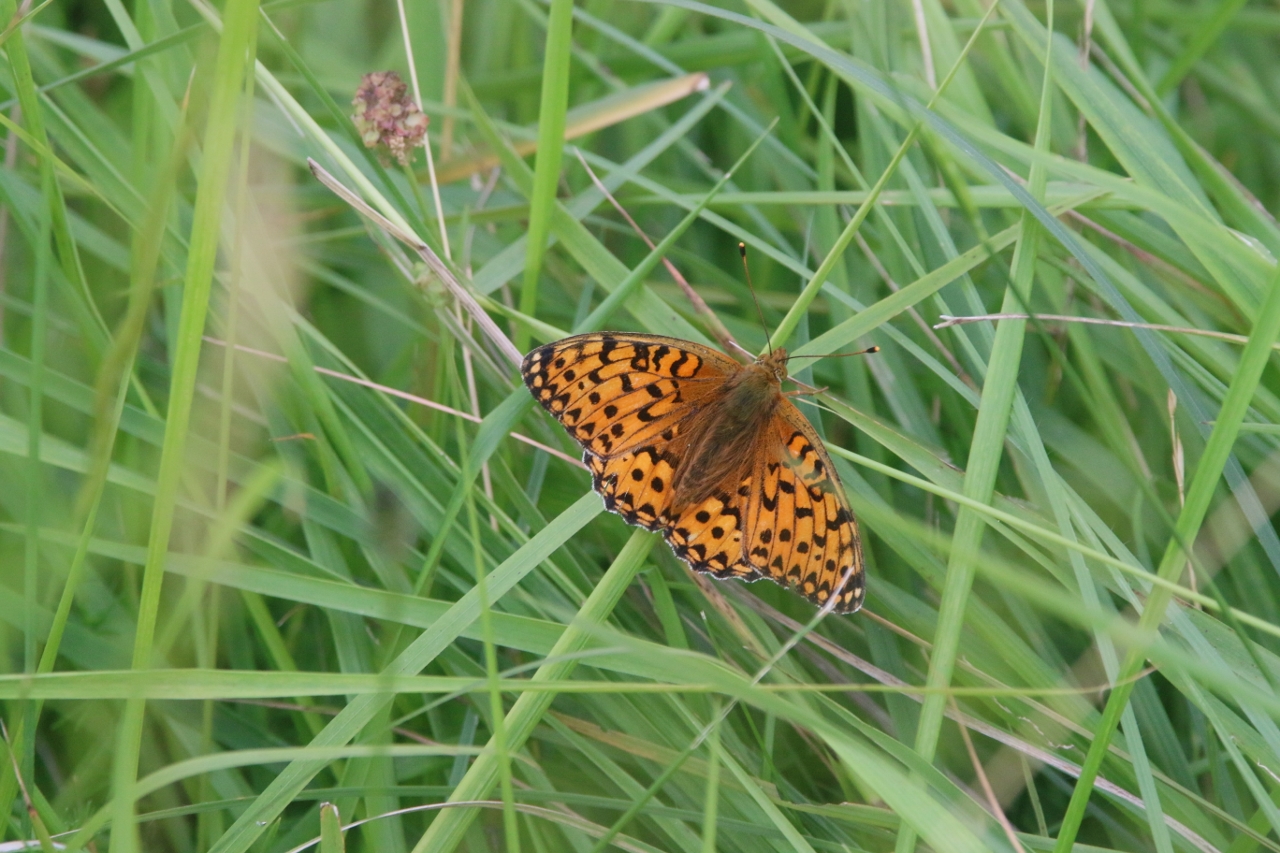
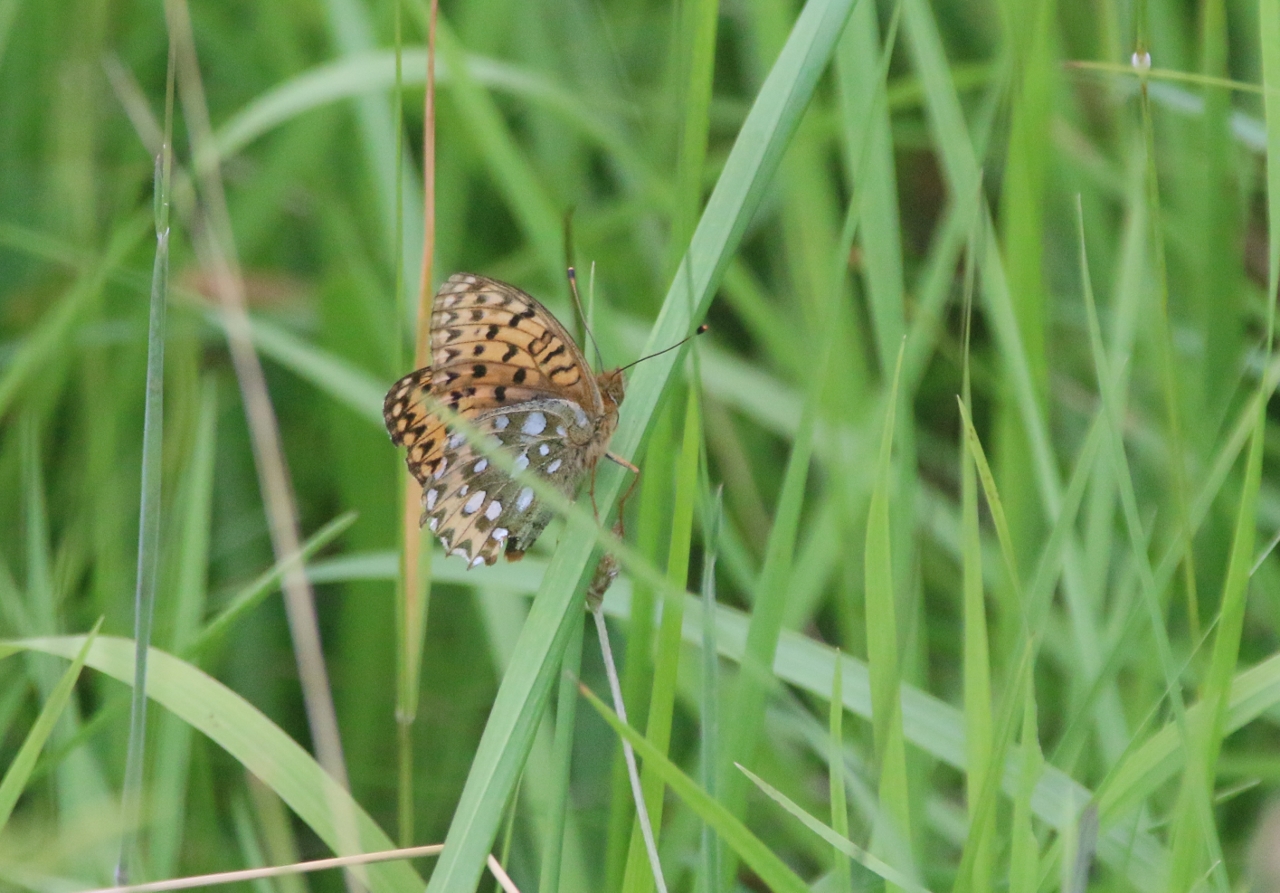
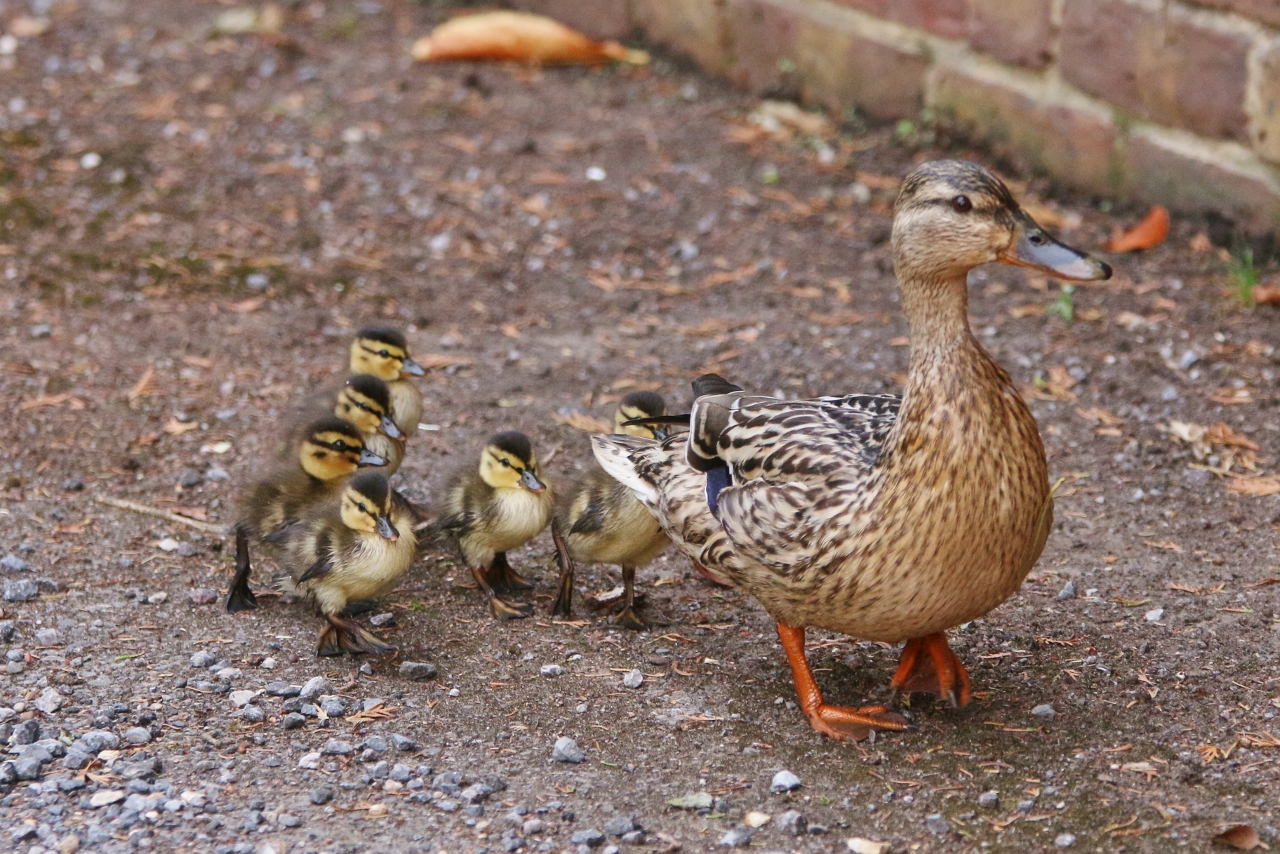

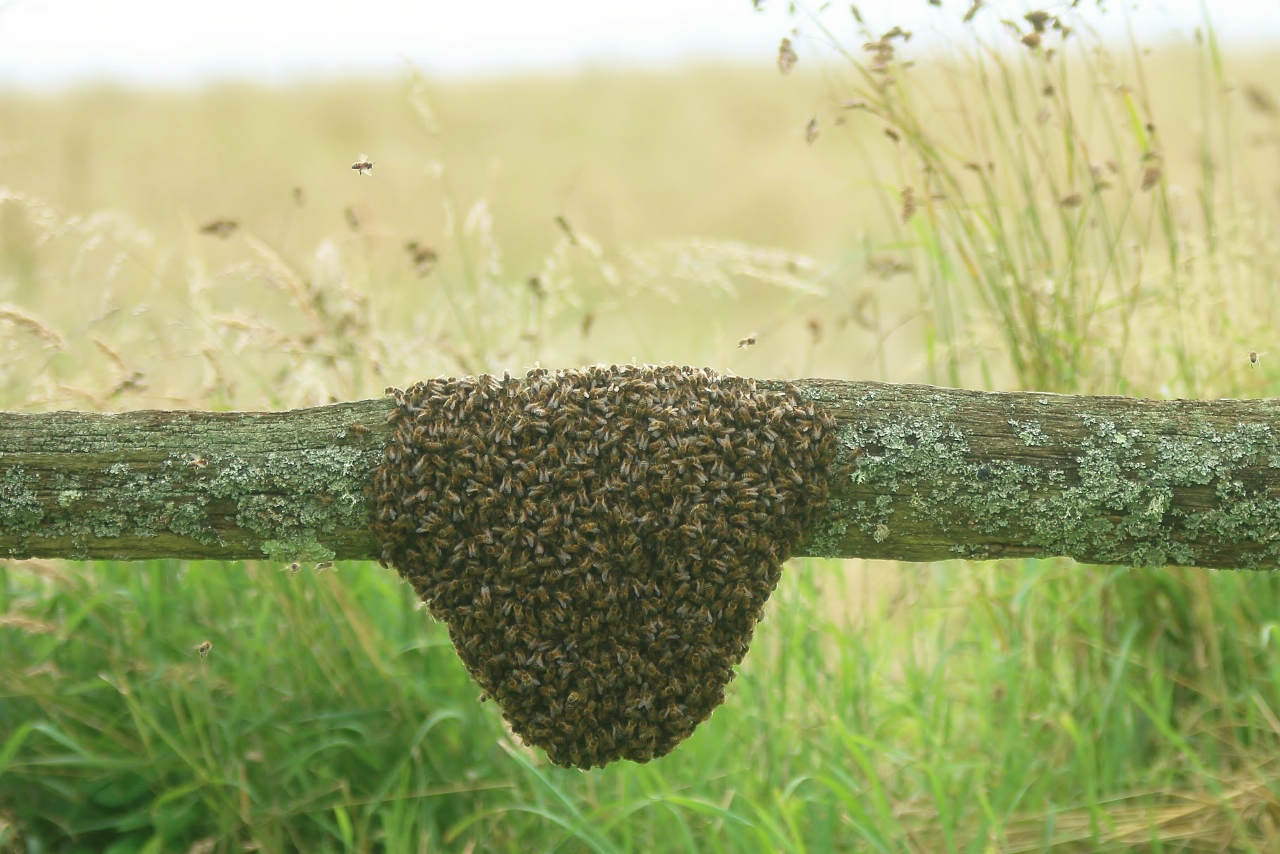
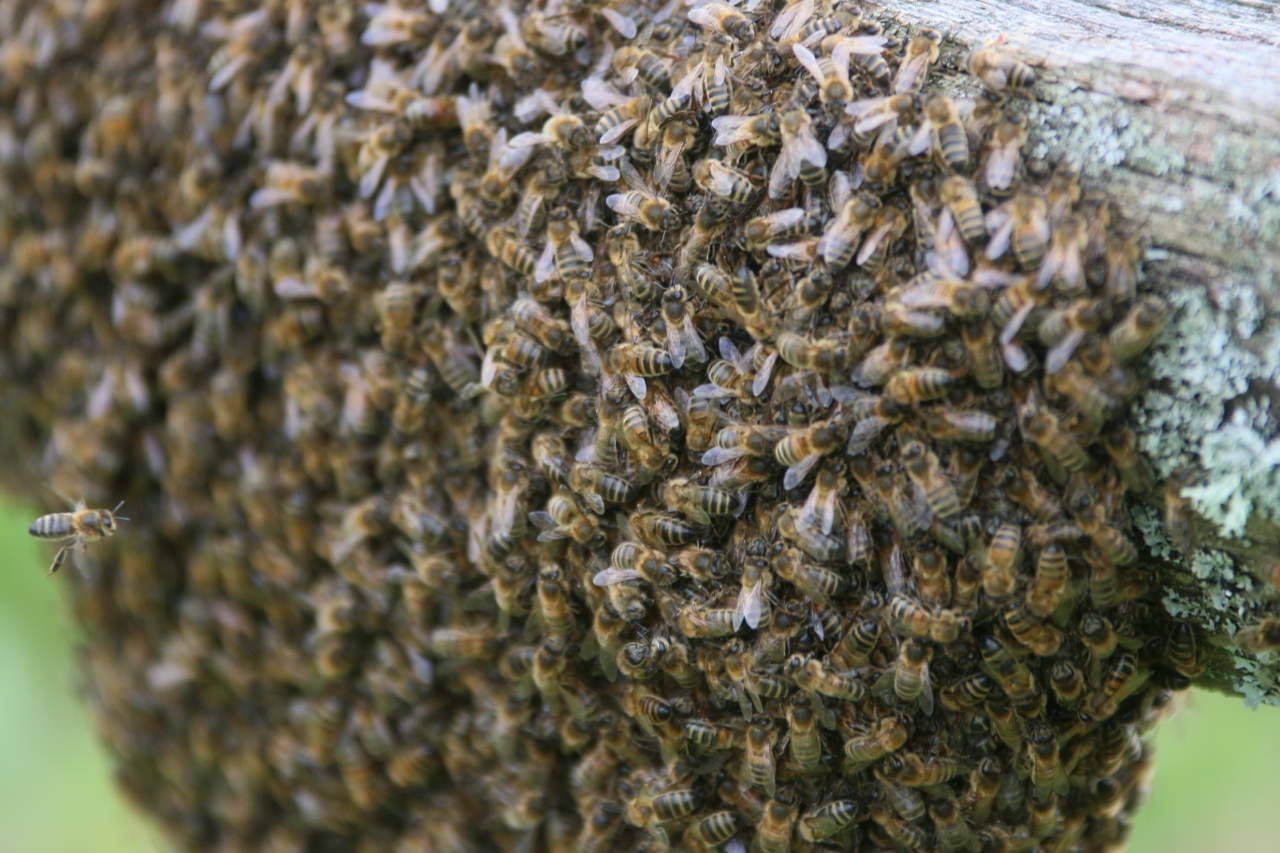

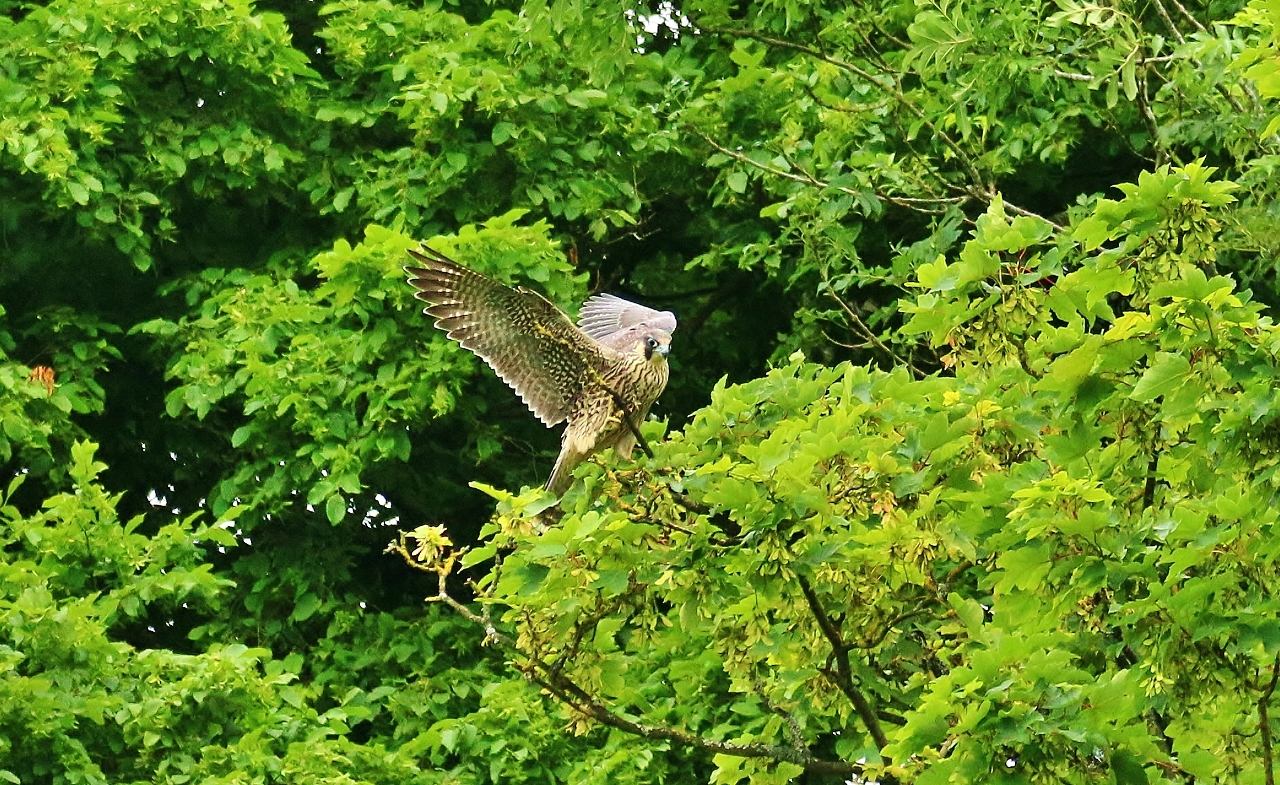
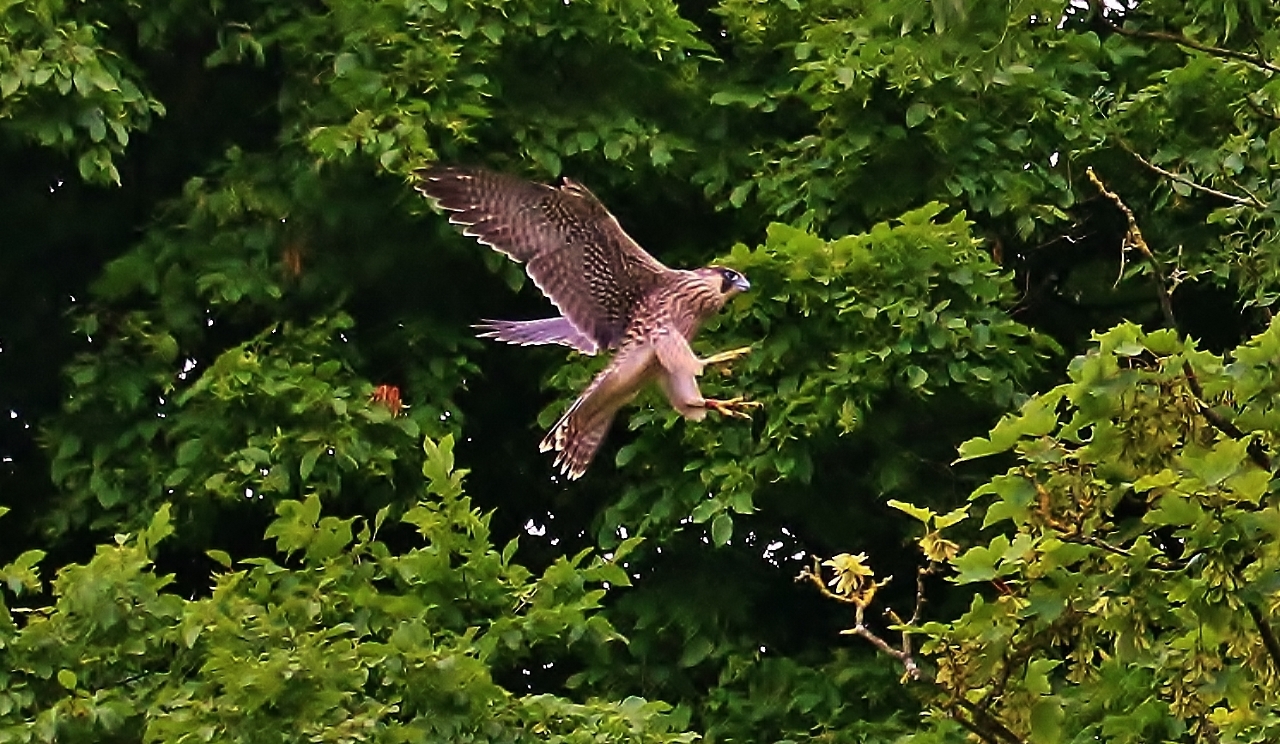
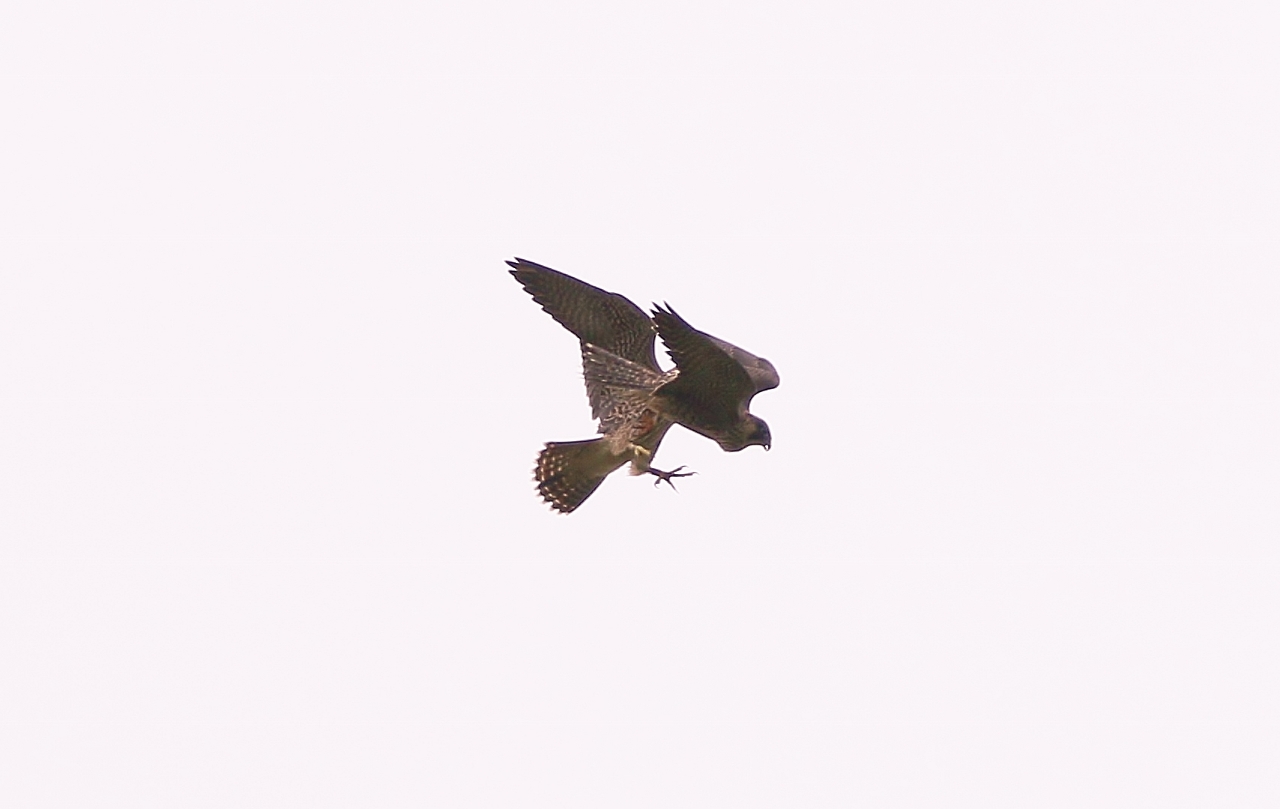
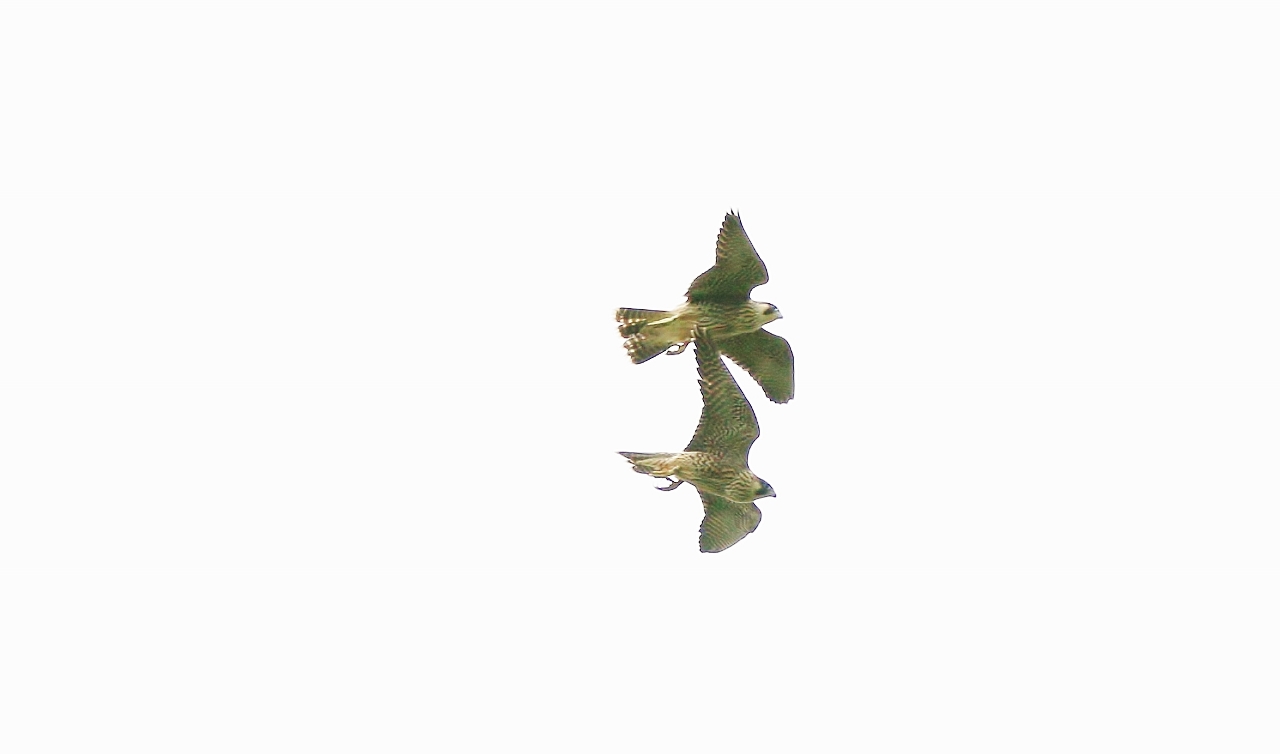






Harry Eve
July 19, 2016 at 8:08 am
I think you have to ask the mouse to turn over for a positive id but perhaps a mammal expert could give us some tips.
I think the “Large” Skipper is actually a Small Skipper. You need to ask it to turn around so that you can check the colour of the underside of the tips of the antennae – in case it is an Essex Skipper (which also lives in Surrey).
As well as the butterflies we find today it is worth remembering the ones we used to see and ask what has happened to them. Not so long ago the Wall Brown was a common sight – I used to find it almost anywhere in open countryside. But it had gone completely from Surrey by the turn of the century.
The current theories for its decline seem to be failure to adapt to climate change or the effect of air pollution on the growth of plants that its caterpillars feed on. Either way, I think that means we are holding the smoking gun.
Malcolm Fincham
July 19, 2016 at 5:24 pm
Thank once again to Harry Eve for his comments.
Those pesky skippers can be troublesome for me to define at times. I know the ‘Essex’ skipper has black on the tip of it’s antennae, though it’s not always easy to see.
Will get back out in the field and try to correct with some better examples of these little critters in my next report.
Have attempted to re-post your interesting link on the demise of wall brown butterfly in Surrey as the one posted didn’t seem to respond.